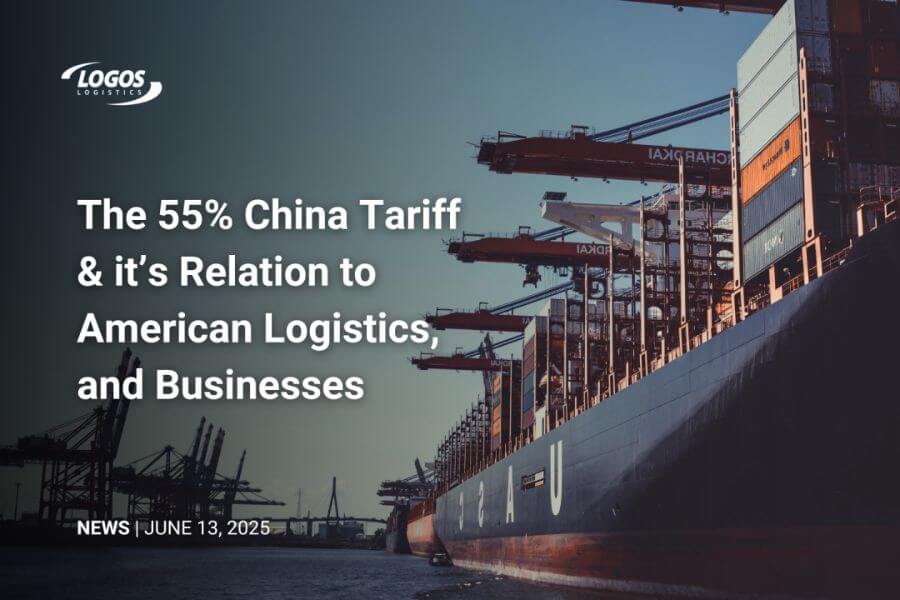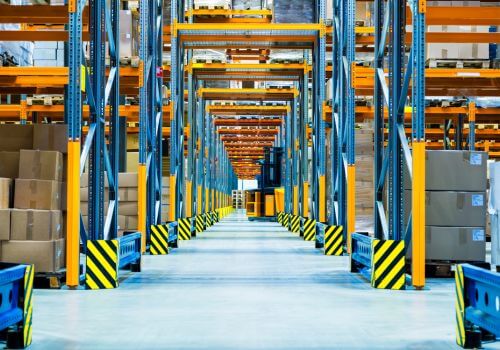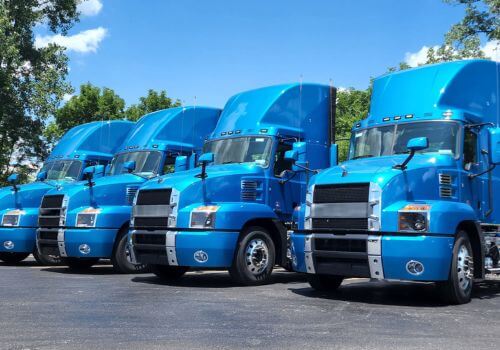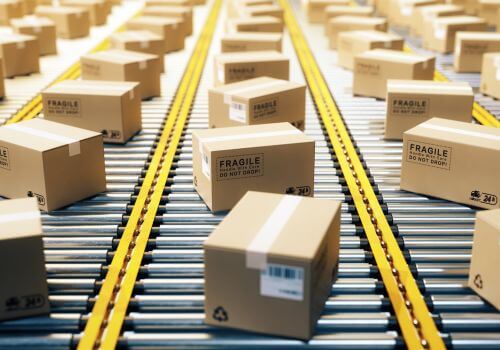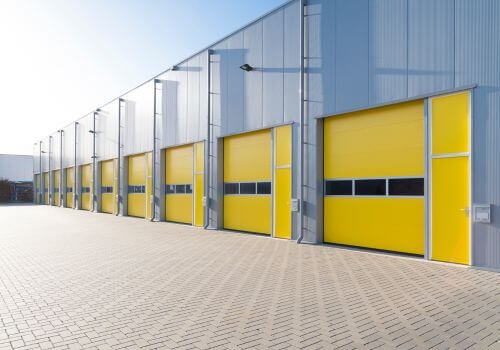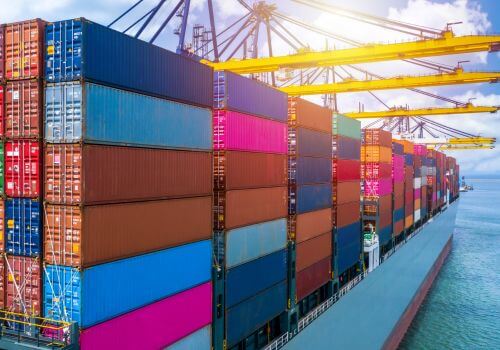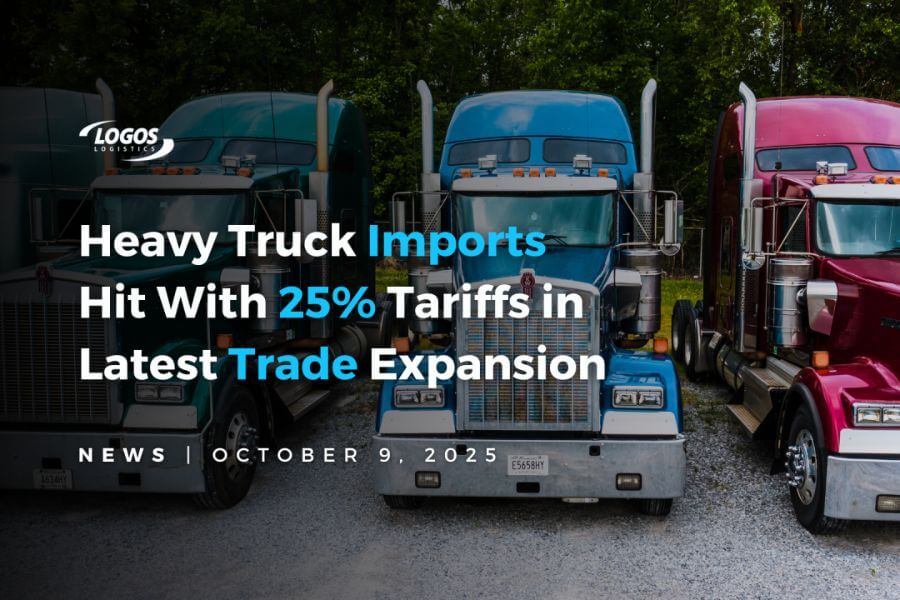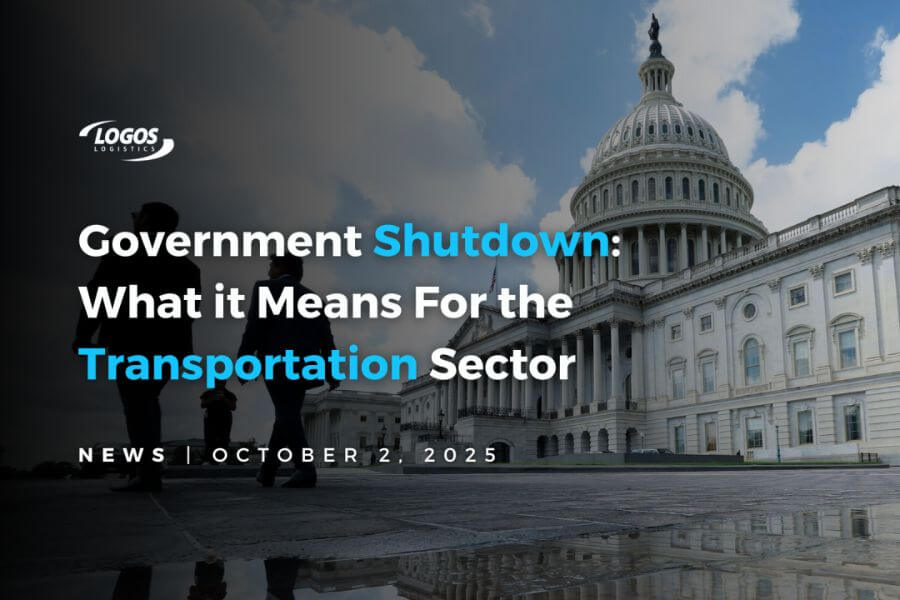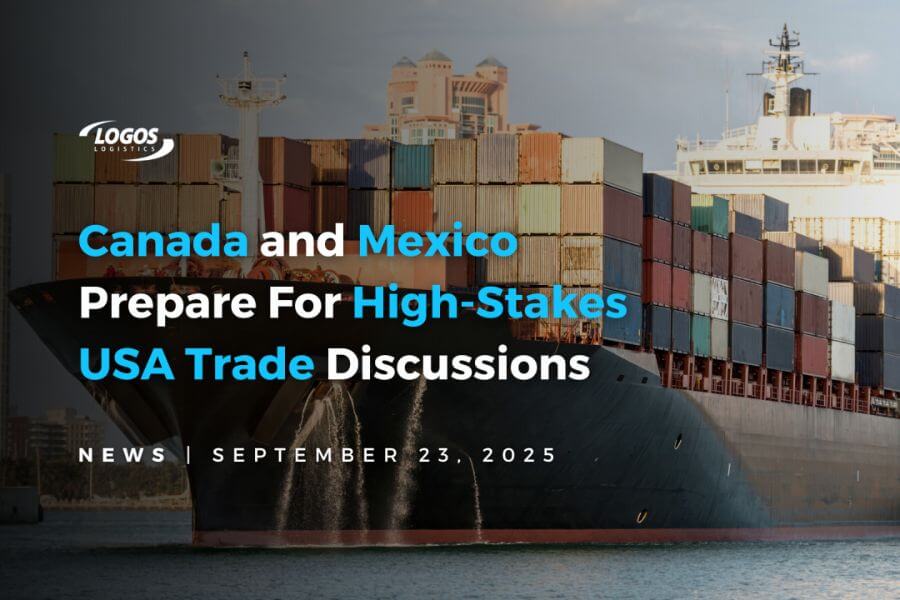Breaking down the 55% tariff on Chinese imports
In early June 2025, the U.S. administration announced a new trade framework with China that keeps in place a 55% effective tariff rate on a broad set of Chinese imports. For U.S. businesses engaged in global sourcing, contract manufacturing, and freight logistics, this figure is more than symbolic — it directly affects cost structures, supply chain routes, and compliance operations.
What's inside the 55%?
The rate is cumulative and consists of:
- 25% — Legacy Section 301 tariffs imposed during Trump’s first term.
- 20% — A newly introduced fentanyl enforcement surcharge, broadly targeting imports from jurisdictions deemed non-compliant on narcotics control.
- 10% — A global “reciprocal tariff” baseline, designed to level perceived imbalances in trade policy.
The structure applies heavily to finished consumer goods, electronics, machinery, and intermediate inputs.
While the administration describes this deal as a “reset,” China has yet to confirm these numbers, and a final agreement is pending formal approval from Presidents Trump and Xi, expected no later than July 8, 2025.
Logistics and supply chain disruption
⚠️ Increased landed costs
Importers sourcing from China are facing a steep increase in landed costs. The 55% rate applies to the customs value, and when added to:
- Ocean freight (~15–20% higher YoY),
- Inland handling fees,
- Regulatory compliance burdens,
… the result is a material shift in cost competitiveness. Industries most impacted include:
- Apparel and footwear
- Consumer electronics
- Power tools and industrial parts
- Electrical components for automotive and appliances
🛑 Rethinking supply routes
Freight forwarders and 3PLs are advising clients to:
- Diversify sourcing into Southeast Asia, Mexico, and Central America — while optimizing strategically placed warehouses across the USA (such as the faciltiies Logos Logistics holds).
- Consider nearshoring to North American partners under USMCA.
- Examine free trade zones and tariff engineering opportunities (e.g., importing components for domestic assembly).
As of June, data from the Port of Los Angeles and Long Beach shows a 13% dip in container volumes from China year-over-year, while ports like Manzanillo (Mexico) and Halifax (Canada) report increased volume, hinting at early signs of trade diversion.
What it means for American businesses
📦 Importers & retailers
U.S. retailers relying on low-cost consumer goods from China — especially in fashion, toys, and household goods — face immediate pressure to either:
- Pass costs on to consumers;
- Absorb margin reductions;
- Or pivot to alternate suppliers.
Retailers like Walmart and Target are reportedly renegotiating contracts and accelerating diversification to Vietnam, India, and Central America.
🏭 Manufacturers
OEMs that rely on Chinese inputs (e.g., auto parts, semiconductors, circuit boards) face more complex challenges:
- Some components are not easily replaceable;
- Dual sourcing strategies often involve higher upfront investment;
- Delays in customs clearance due to classification disputes (i.e., whether tariffs apply to subassemblies) are increasing lead times.
Expect to see a rise in domestic final assembly, component reclassification, and even onshoring of some high-tech manufacturing.
📊 Compliance and risk teams
Trade compliance departments are already seeing a surge in:
- Customs rulings and classification audits;
- Country-of-origin validation amid rising scrutiny of “transshipped” goods.
This requires closer coordination between customs brokers, legal teams, and procurement.
The North American context: Canada & Mexico
🇨🇦 Canada: Tariff headwinds, tight supply chains
U.S. tariffs on Canadian goods (25% general, 10% for energy) have impacted bilateral industrial flows, particularly in:
- Automotive
- Lumber and pulp
- Hydroelectric energy
Canadian firms with U.S. operations are leveraging USMCA rules of origin to qualify for duty exemptions, but face higher logistics costs and compliance work.
For U.S. companies with integrated supply across Michigan–Ontario or Vermont–Quebec corridors, the friction translates to longer delivery windows and new tax exposure.
🇲🇽 Mexico: Pressure and opportunity
Mexico is both affected and strategically advantaged. While the U.S. has imposed 25% tariffs on many Mexican imports, exemptions under USMCA still apply to qualifying goods.
U.S. companies are:
- Accelerating nearshoring of assembly operations to northern Mexico;
- Exploring “maquiladora” style partnerships;
- Taking advantage of Mexico’s deep manufacturing base in autos, electronics, and textiles.
Mexican ports, trucking corridors, and industrial parks are experiencing a boom, though border bottlenecks remain a challenge.
Implications
While final details of the U.S.–China deal are pending, this 55% tariff package signals a long-term structural shift in U.S. trade policy. For American businesses, that means:
- Higher costs are the new normal;
- Risk mitigation is now a core supply chain competency;
- Geopolitics — not just pricing — is reshaping sourcing and logistics decisions.
Whether through nearshoring, diversification, or reshoring, U.S. businesses will need to invest in resilience, compliance, and agility to stay competitive. Working with Logos Logistics will help you save costs while streamlining your supply chain — protecting your business from further tariffs implementations and shifting geopolitical announcements.

